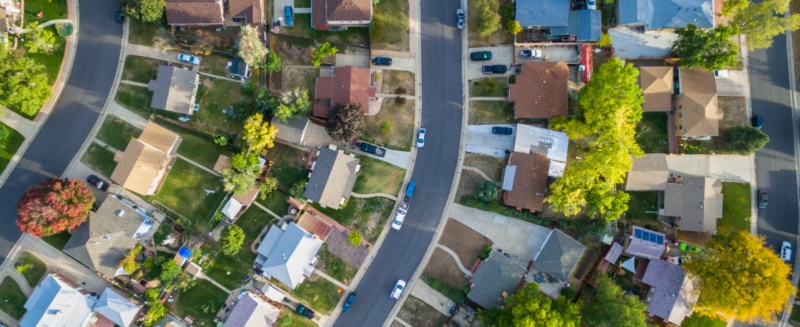It’s been a decade since the housing market collapsed, and home prices have finally regained their previous peak.
According to the State of the Nation’s Housing 2017 report, released today by the Joint Center for Housing Studies at Harvard University, U.S. home prices rose 5.6 percent in 2016, beating out their pre-recession highs. Across the nation, home prices increased in 97 of the 100 largest metro areas.
While that’s a great sign for the health of the economy and great news for homeowners who saw their home values plummet in the recession, higher prices and fewer homes available on the market could keep many buyers from fulfilling their homeownership dreams.
I’ve written about this issue several times this year, and the data in the Joint Center for Housing Studies’ report underscored how serious the problem is.
Part of the issue is a lack of inventory. The report found that in December 2016, there were only 1.65 million homes for sale – the lowest number in 16 years – and demand for those homes is incredibly high. Since recordkeeping started in 1988, the average home has sold in about 5.1 months, but new homes on the market in 2016 sold in just 3.3 months on average.
There are a lot of reasons for this imbalance between the available supply and buyer demand. On the one hand, many millennials are finally feeling financially secure enough to buy, boosting demand. On the other hand, current homeowners who locked into low mortgage rates during the recession don’t want to sell and move to a home with a pricier loan.
The Harvard report highlights another important point: We’re not building enough new homes. According to the report, the construction industry added an average of 1.4 to 1.5 million new units each year during the 1980s and 1990s. In 2016, a comparatively low 1.17 million new units came onto the market. That represented a 5.6 percent increase from 2015, but also the lowest growth rate since 2011.
While they’re waiting for an affordable starter home to come on the market in their area, would-be first-time buyers are stuck in increasingly unaffordable rentals, the report found.
Rental vacancy hit a 30-year low in 2016 at just 6.9 percent, and competition for available units is causing rental prices to rise faster than inflation in most markets. Most rental construction right now is focused on the high end of the market, while affordable housing options are harder to come by.
“Any excess housing that may have been built during the boom years has been absorbed, and a stronger supply response is going to be needed to keep pace with demand – particularly for moderately priced homes,” said Chris Herbert, managing director for the Joint Center for Housing Studies, in a press release.
The State of the Nation’s Housing report is packed with insights on the current state of the market and predictions for the next few decades. You can read the full report online.







Great and comprehensive article! Thanks for sharing…